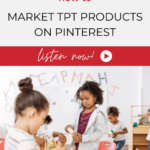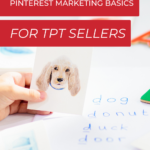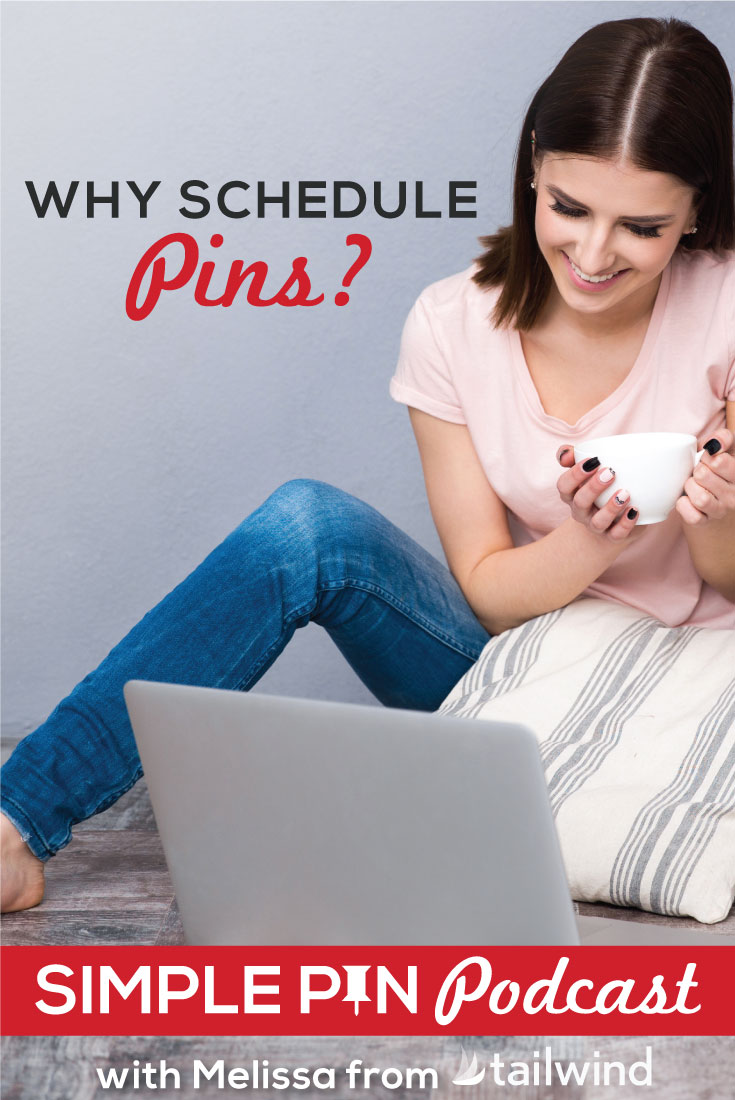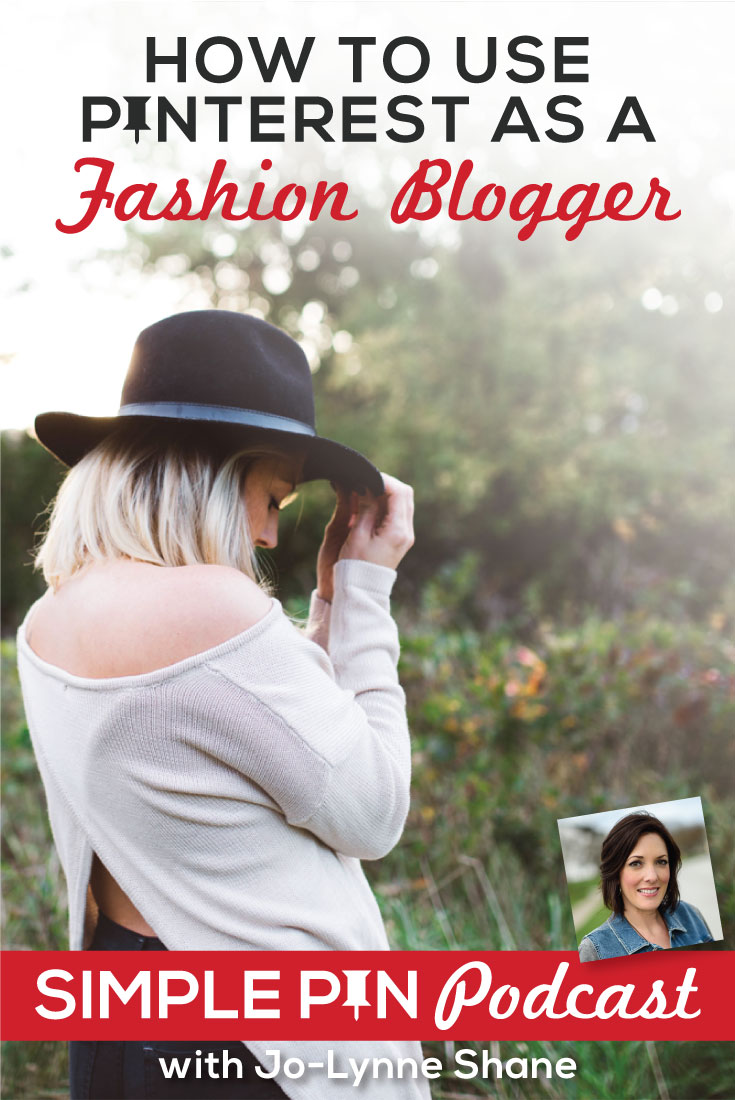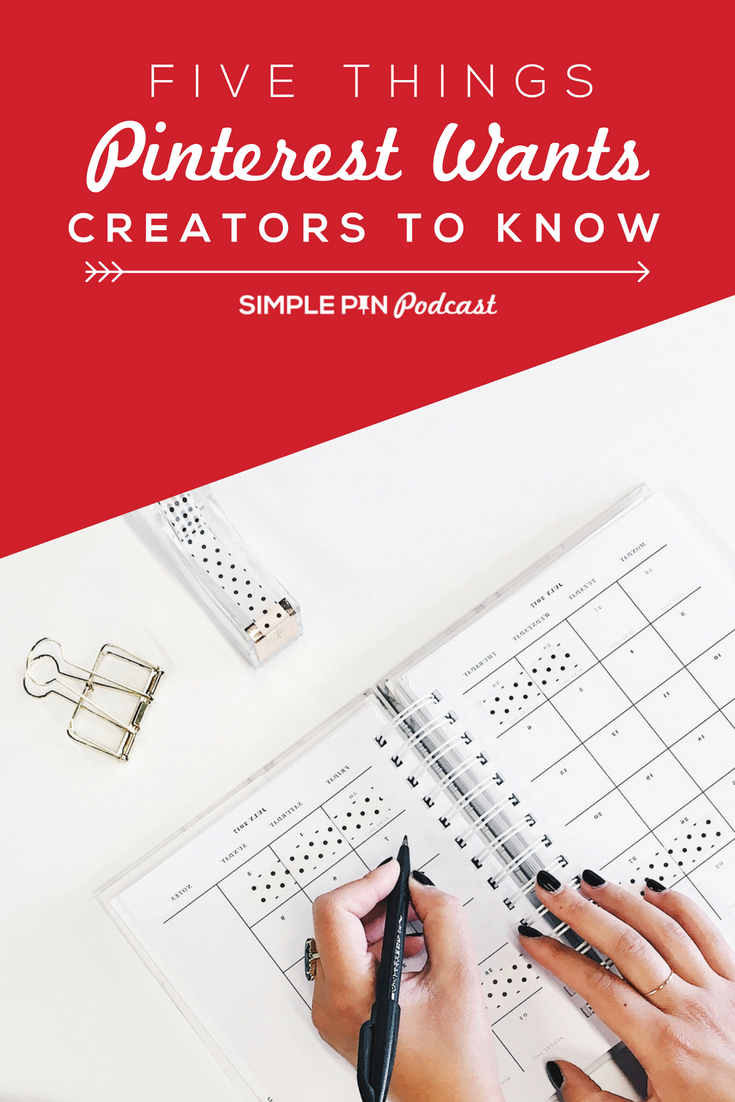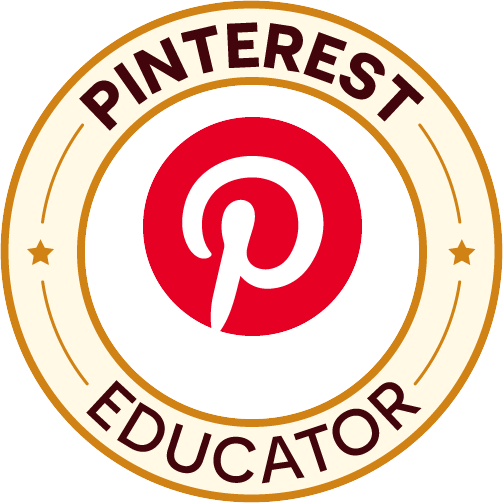In this podcast episode, we’re talking about Teachers Pay Teachers (TpT) products and sellers! Marketing these products can be a little different than a traditional physical product, so we wanted to go just a bit deeper.
Let’s make sure all the basics are covered and all your boxes are checked.
If you aren’t a TpT seller, but do sell products on a third-party website like Etsy, this episode will still be really valuable.
Let’s dive in!
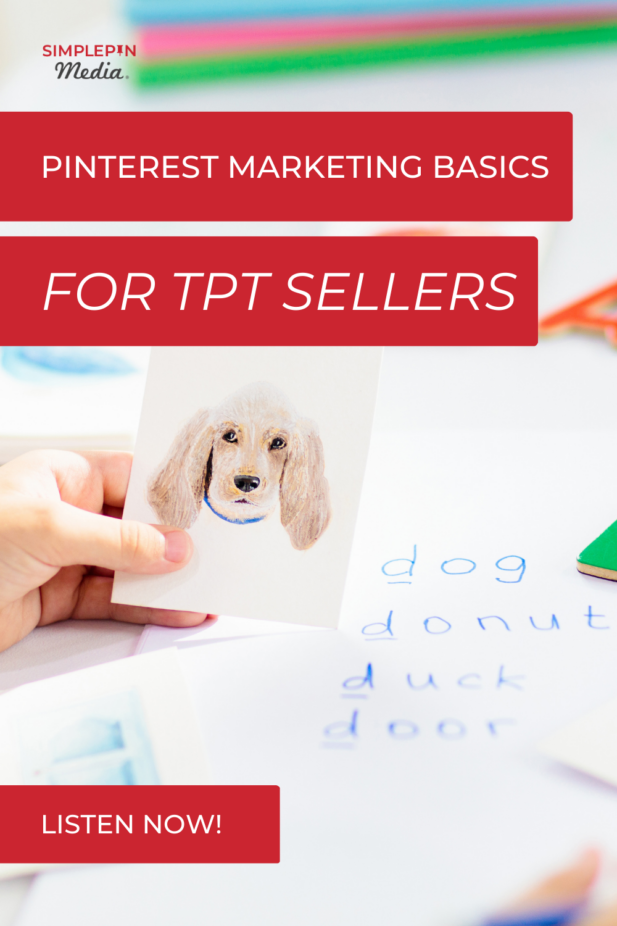
marketing your tpt store on pinterest
A few years back, our social media manager ran a fun challenge on Instagram – helping TpT sellers get more out of their Pinterest strategy. If you missed it, or need a refresher, we’ll walk through it here.
pinterest profile
To start off, your Pinterest profile matters! While we don’t think a ton of Pinners come directly to your profile, some absolutely will. In this case, you want your profile to reflect who you are, what you do, and what brand is all about.
Most Pinners will find you through the Smart Feed (the home feed you see when you open your Pinterest app), or by searching for a specific resource or problem. But you still want your profile to clearly show what your business is about for people who do land on it, and that you have some descriptive keywords so Pinterest knows what you’re all about.
ACTION ITEMS
- Make sure you have a Pinterest business account! If it’s still personal, convert to business ASAP.
- Spend 1-2 hours updating your profile picture and top image, and updating your description.
NOTE: If you sell any type of product or promote a business on Pinterest, you have to have a business account per their terms of service. Plus, you get tons more features and access to analytics. Win win!
pinterest boards
Your boards on Pinterest are essentially the containers that hold your content. Pinners use boards to organize and curate the Pins that they want to save or return to in the future.
As a business, you’re organizing for your Pinner, and so Pinterest can tell what type of content you are creating.
Boards need to be very specific and relevant. There’s no magic numbers for how many boards to have. Just create the boards that match the products that you sell or the content that you talk about.
For your TpT store and business, you ONLY need boards that are relevant to what you create. If you don’t sell or create planners, you don’t need a board about planners. You can have one for personal use, but it’s best to keep it secret so Pinterest doesn’t incorporate “planners” into their idea of what you do and sell.
If you need some help cleaning up your Pinterest profile and boards, we have a great DIY guide in our Simple Pin Shop!
pin design
Pin design is your billboard advertising.
It’s the thing that clearly connects with the Pinner and helps them say – Yes! I need this. Or nope, not for me.
It’s really important that your Pin design is clear, simple to understand, and has readable text. You only have a few brief seconds to “stop the scroll” of a Pinner, and if your Pin is too busy, they may not immediately know what you’re about. And they’ll keep scrolling.
A simple image (instead of a collage or multiple images showing your product) can be really effective. You can also add your brand logo to help create brand recognition.
People who are interacting with your Pin and your Pin design, they don’t know you at first. They are not searching for your brand. They’re searching for the product that you’re selling or the solution to a problem that you may provide.
Let’s talk square photos for a second. Pinterest loves a 2:3 ratio, which is 1000 by 1500. It’s a vertical image for the Pin design. We don’t want you to take your shop images that are square, bring them over as is and Pin to Pinterest. These just won’t look great in the Pinterest feed, if they even show up at all.
You really want to be intentional with your Pin design, because this is a big part of how your customers will find you!
If you need a little help getting started, we have Pin templates in our shop designed specifically for TpT sellers!
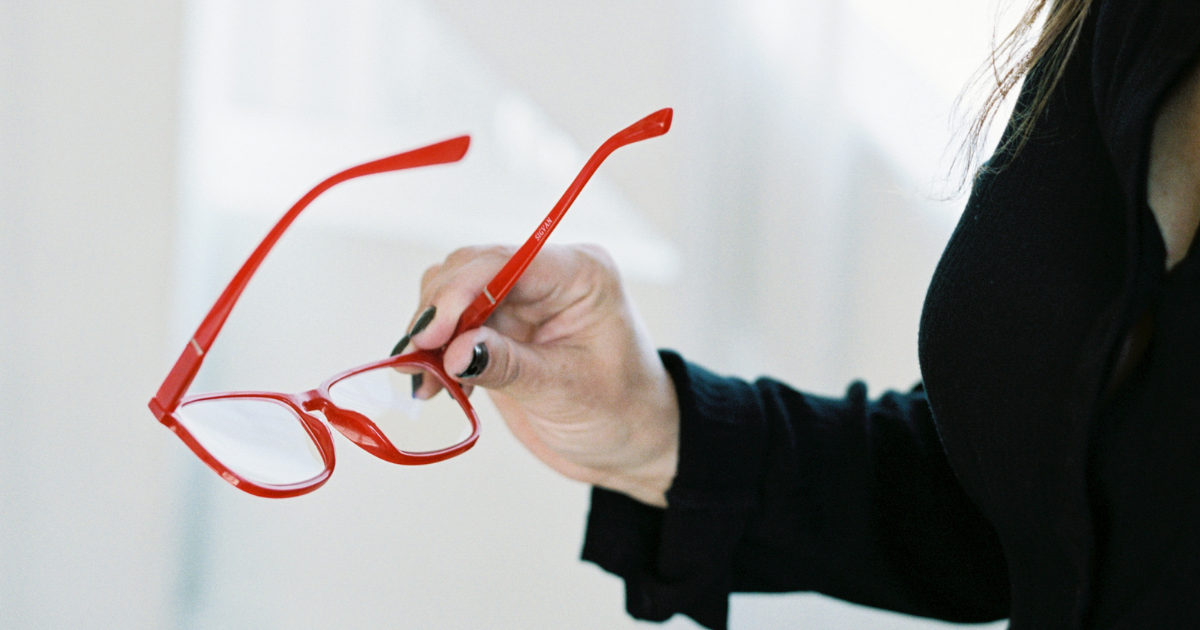
content creation
Teachers really want to make sure they’re choosing the right product for their classroom or their students, so they’ll most likely want to read more than just what’s in the product listing.
If you only have a TpT store and not a stand-alone website, this can be a little harder. With a website, you can warm people up to your product, explain exactly how to use them, and help them see exactly how your products can help.
Don’t be afraid of creating a simple website and writing simple blog posts. This will really, really help.
In summary, your Pinterest profile matters. You need boards that reflect the products you sell and the problems your products can solve. Simple, eye-catching Pin design will draw people in, and then you can support this with some content creation.
These are truly the four foundational things you need to see success on Pinterest.
We’d love to hear from you! If you sell products in a TpT store, are you tackling these four foundation already? Is there anything you do on a regular basis that you would include on this list?
Leave a comment on this blog post or send us a DM on Instagram.
Additional Resources Covered in Podcast:
Simple Pin Products and Resources:
- TpT Video Series (Simple Pin Shop)
- TpT Pinterest Account Audit (SPM service)
- How To Make Money on Pinterest (YouTube video)
